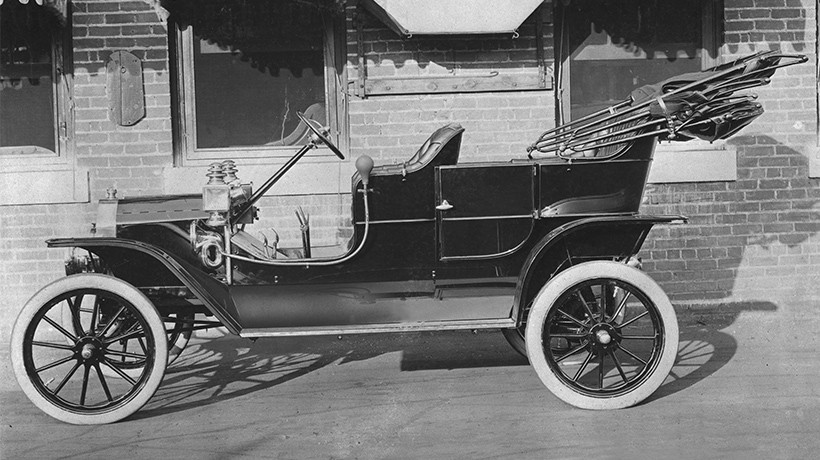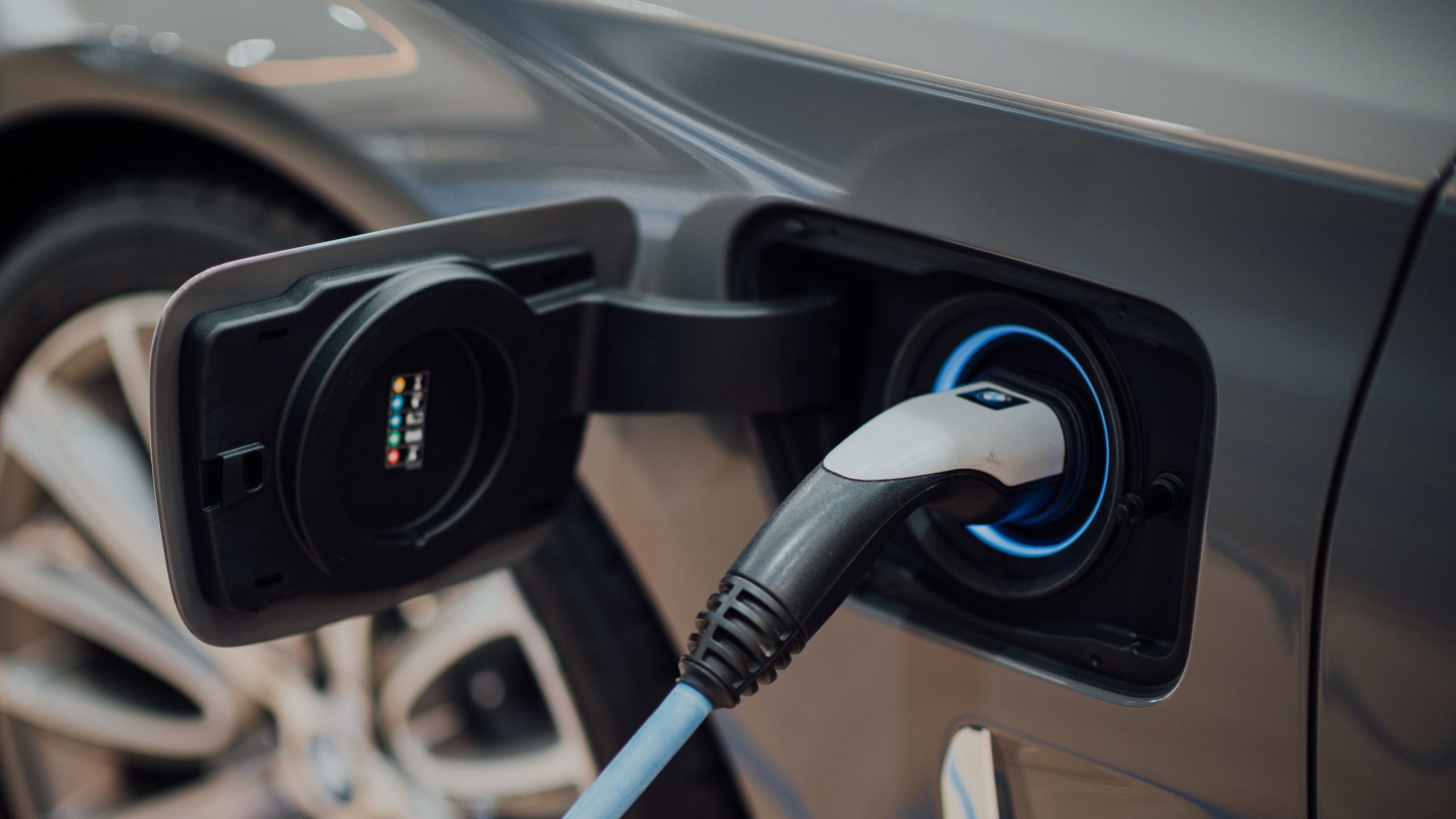Electric Car Series: Decline
In our last article on electric cars, we discovered that they dated back to the 19th century and were doing quite well in their early days. However, their hope to become the default transport option was quenched by the mass production of Henry Ford’s Model T, a gasoline vehicle.

In 1908, Ford introduced the Model T, a gasoline-powered car that fitted his vision of affordable transportation. The car possessed revolutionary technology that increased its appeal to consumers and changed the landscape of automobiles. Made of a steel alloy, the vehicle was lightweight, provided a windshield and featured an agile transmission for easy gear shifting. The most relevant feature to our discussion is however the price. With its innovative manufacturing techniques, Ford Motor Company was able to mass produce the Model T and bring the cost down considerably ($650 by 1912). In comparison, an electric roadster cost $1,750. The same year, the replacement of hand crank by electric starter also gave rise to more gas-powered vehicles. Understandably most consumers gravitated toward gasoline-powered cars rather than electric ones.
As the system of roads connecting U.S. cities was improving, consumers had one more reason to favor gasoline vehicles. The range of EVs was just too short for longer trips whereas extra fuel could be carried. Gas was also getting cheaper and filling stations were multiplying both in cities and rural areas (where electricity was rare). These developments effectively put to an end the era of electric vehicles which disappeared by 1935.
Kelly Jean, Class of 2021
Sources: Energy.gov, Ford

